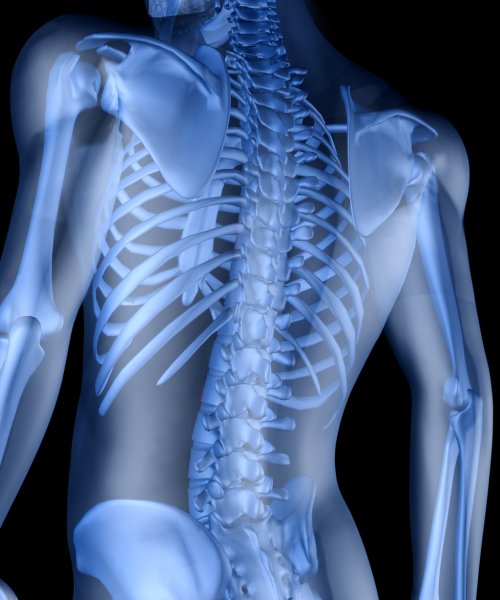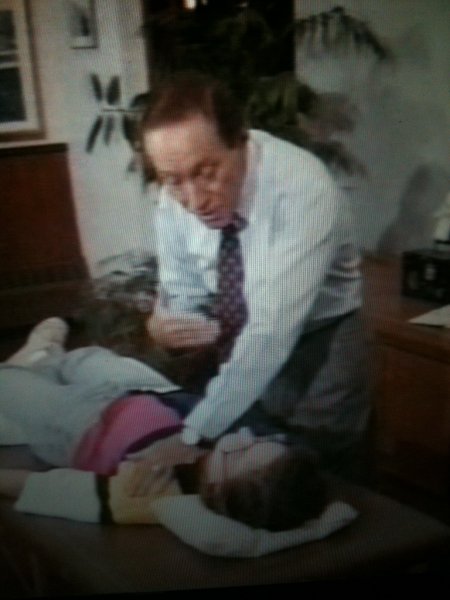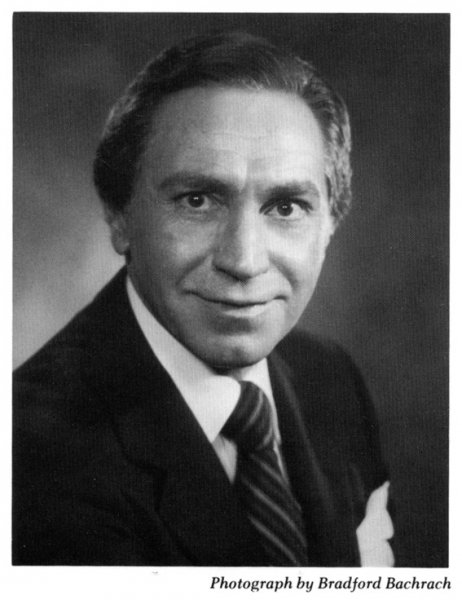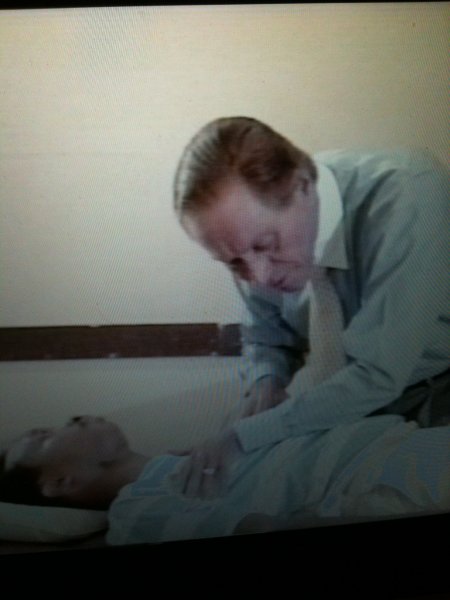Breathing coordination
This method, developed by Lynn Martin and Robin De Haas,
is based on the work of Carl Stough and aims to make it accessible to future generations.
The MDH method
Interviews during the inauguration of
the MDH Breathing Coordination Training Center in Lausanne.
Lynn & Robin
MDH teachers
Beyond resilience, excellence.
Practitioners worldwide.
Get an autographed copy!
Questions about individual consultation options and prices?
Next 5-day workshops
2025 | Lausanne
2025 July 8 – 12 | French (1 spot left)
2025 July 15 – 19 | French (1 spot left)
2025 July 22 – 26 | English (full)
2025 December 26-30 I French (6 spots left)
2026|Lausanne
2026 January 2-6 I French
2026 January 8-12 I French
The CRMDH cushion
Tailor-made to meet the needs of the practice.
You can order it from our shop.
MDH – The method
By observing the Breathing problems of the people around him, Carl Stough developed the principles of what he called breathing coordination. He established a way of recognizing and then developing the simultaneous and optimal functioning of all the different muscles involved in breathing.
The aim of this work is to amplify and harmonize the movement of the diaphragm to restore the entire breathing function. It influences not only the functional state of the breathing system, but also the individual, by altering the oxygen level in the body.
This approach has cured, and often improved beyond what was thought possible or imaginable, lung disease patients in the largest American military hospitals.
The technique was also used to help athletes on the US Olympic team prepare for the Olympic Games in Mexico.
Finally, this method has been used as a guide to breathing and support technique for musicians, actors, lecturers, dʼhomemakers and singers of all stripes, including several Metropolitan Opera soloists.
method
Principles
The diaphragm is the main muscle of the breath movements, inspiration and expiration. It is coordinated with a whole series of ancillary muscles that assist it in this function in subtle and complex ways.
When the diaphragm performs optimal expiration, the result is a reduction in the residual volume of CO2 in the lungs. When inspiration occurs reflexively, it initiates movement of the breathing system entier and allows lʼair to enter the lungs freely.
Ideally the breathing action is circumferential and cylindrical, evenly distributed around the entire circumference of the thorax.
Although partially involuntary, the diaphragm can be redeveloped and strengthened.
Re-coordination of the breathing muscles must be undertaken with care and respect for the finesse, precision and simultaneity of the interactions of the entire lʼentier of this musculature.
The development of this coordination takes into account the singular variations of each individual and adapts to stimulate maximum renewal of the lʼair in the lungs at any given moment.
Balanced vocal production is a necessary tool for the redevelopment of the individualʼs breathing coordination.
MDH Technique
The MDH breathing coordination technique, developed by Lynn Martin and Robin De Haas, is based on the work of Carl Stough and aims to make breathing coordination accessible to future generations.
The backbone of this work is its methodology. For each part of the body related to breathing function, the methodology is applied in a similar way.
Location – identification of the lʼobject by means of any possible source
Deduction, common goals and problems – understanding how the object works, its strengths and weaknesses.
Tension reduction and recoordination – removing misallocated energy and then re-configuring the objectʼentier.
Breathing practices – exploring the breath with the objectʼs new tonicity and relating it to the body as a whole.
Various actions – putting into practice what has been learned in the desired activities.
The MDH breathing coordination technique, developed by Lynn Martin and Robin De Haas, is based on the work of Carl Stough and aims to make breathing coordination accessible to future generations.
The backbone of this work is its methodology. For each part of the body related to breathing function, the methodology is applied in a similar way.
Location – identification of the lʼobject by means of any possible source
Deduction, common goals and problems – understanding how the object works, its strengths and weaknesses.
Tension reduction and recoordination – removing misallocated energy and then re-configuring the objectʼentier.
Breathing practices – exploring the breath with the objectʼs new tonicity and relating it to the body as a whole.
Various actions – putting into practice what has been learned in the desired activities.
Carl Stough
After graduating from « Westminster Choir College » in Princeton in 1949, Carl Stough led a solid career as a choral conductor in the New York and lʼest regions of the USA. Itʼs thanks to his reputation as a voice teacher with incredible results that he was invited to participate in a series of medical studies sponsored by several hospitals for American veterans in 1958. The aim of this study was to help patients with pulmonary emphysema improve their respiratory function.
Between 1958 and 1968 this research enabled Carl Stough to develop an approach to re-coordinate all the muscles involved in the movement of air into and out of the lungs, with a particular focus on the diaphragm, which is the primary muscle of the respiratory system. After 10 years of teaching and clinical research, Stough began to perceive the multiple applications of his discoveries for both healthy and sick people.
In 1965, with his wife Reece Stough, he founded a non-profit organization « The Stough Institute of Breathing Coordination » with the aim of broadening the scope and applications of his teachings. In 1968, he was asked to prepare the U.S. Olympic running team for the Mexico City Games, held at that city’s high altitude. At these Olympic Games, the USA won more gold medals than ever before in the history of the Olympic Games, and the American team was the only one not to resort to artificial oxygen via oxygen masks (used to compensate for the high altitude by the other teams).
Until his death in 2000, Carl continued to work with athletes, dancers, actors, opera singers (Metropolitan Opera) and many other people all seeking to use their breathing systems combining maximum efficiency with minimum effort.
Lynn Martin

Lynn Martin is distinguished by her commitment as a professor of functional anatomy and body management at such institutions as the University of New York, Tisch school of Arts, Laban/Bartenieff Institute of Movement Studies, Westchester Cons. of Music.
She has worked with the Carl Stough Institute of Breathing Coordination on numerous educational and media projects, and was one of its founders.
She has been teaching the principles of Breathing Coordination for over thirty years in the United States, and runs a private practice in New York, where she passes on her knowledge to many performing arts professionals, as well as to people with chronic breathing problems.
Her meeting with Robin De Haas in 2006 led to the creation and reproducibility of the MDH breathing Coordination method, based in Lausanne and around the world since 2012.
Lynn Martin has trained in many fields, including psychology, ideokinesis, kinesiology, dance and singing. She has also performed regularly at Carnegie Hall and Lincoln Center.
Robin De Haas
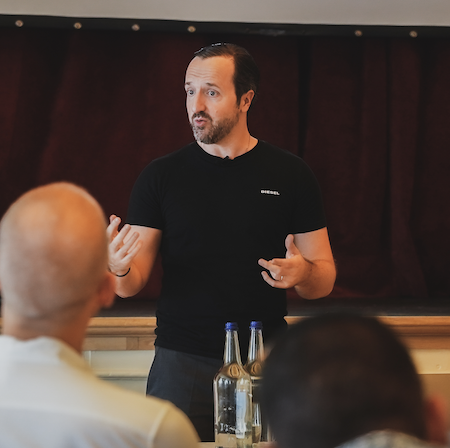
Born in Switzerland, Robin De Haas is the recipient of several awards for both his singing and his academic career. When he began his vocal studies, he was immediately awarded a scholarship, and went on to perfect his skills with a number of teachers in Europe and the U.S.A., including Kurt Widmer, Anne Ramoni and David Jones. Attracted by the teaching profession, he undertook the « Diplôme d’Enseignement du Chant » course at the Haute Ecole de Musique de Lausanne, which he completed with a prize for his diploma thesis on « Chant lyrique & Chant moderne, deux mondes que tout oppose… ».
It was during his research for the methodology and pedagogy modules that he met Lynn Martin, professor of breathing coordination and functional anatomy at NYU (New York University), and Spencer Welch, voice teacher specializing in vocal technique for contemporary music.
These encounters were to be the start of a fruitful collaboration aimed at releasing accessory tensions and realizing vocal and artistic potential. Robin is invited to teach at numerous art schools. For example, Lynn Martin invited him in 2008 to assist in her master class at Sarah Lawrence College of Arts, one of the most prestigious art schools in the U.S.A. He also works for some of the worldʼs largest organizations, such as the United Nations.
More recently, Robin has been invited to present his work at prestigious schools such as the Manhattan School of Music. He also collaborates with numerous members of the medical profession to apply his concepts to pathological cases.
Finally, 2015 saw the culmination of a long-term project with the publication of the book « La Voie de la Voix », published by Editions Favre. In the same year, Robin’s Breathing Coordination training program was extended to the USA, with the first course taking place in Los Angeles.
Workshops
Workshops are for anyone wishing to explore, discover or enrich the use of their voice. There are no pre-requisites (unless specified) and everyone is welcome.
This work on optimizing the use of the self has many applications on a personal, professional and human level. It involves working to develop the breathing potential, and frequently brings new comfort and well-being.
The support offered is educational and experimental, but it is not therapeutic in nature.
none
Discovery workshops
This 5-day workshop allows participants to discover and be centered on new information and experiences in order to optimize lʼoptimize the use of their breath. It consists of theory classes including basic functional anatomy in the morning, five individual sessions per participant with our practitioners in the afternoons, and a wrap-up and exercises at the end of the day.
The individual sessions include a personalized assessment, a modification of the breathing systemʼs state through touch and imagery, and the definition of tools and solutions according to individual needs.
The awareness and changes that can occur in connection with optimal use of the various elements of the breathing system enable optimum oratory quality and reduce stress in performance situations. The renewal of oxygen in the body influences the whole person.
Lʼatelier is open to anyone wishing to improve their knowledge and use of their voice and respiratory system. The number of active participants is limited.
This MDH Breathing Coordination work is cited as a revelation and their approach as exceptional by many professional singers (opera, jazz and pop) and by physiotherapists, engineers and many others.
Customized workshop
A workshop made for your needs, you let us know the number of participants, the desired duration and we draw up a proposal for you.
The workshop is open to anyone wishing to improve their knowledge and use of their voice and respiratory system. Ideal for choirs, corporate activities, team-building, or a group of friends wishing to share this unique experience.
Coaching
Robin des Voix – Le Film
A movie by Frédéric Gonseth and Catherine Azad
Movie summary
In Moudon, Switzerland, Robin De Haas’s mother recounts how, to drown out her baby’s incessant cries, she massaged him in the Indian « Shantala » style of the time and played Juliette Gréco’s song « Mon fils, chante! » over and over again.
Premonition? Subliminal message? In any case, today Robin is moved: « In fact, she was telling me in her own way, okay you were born with a problem, well do something about it my boy… »
Mission accomplished: sometimes life works out without consulting anyone.
So we follow the story of Robin, who is born in a small village in the Broye vaudoise with a mouth that has no palate. No longer motivated or strong enough to endure the mockery, humiliations, beatings and extreme violence that the other children put him through on a daily basis because of his handicap, Robin goes to the barn with the idea of putting an end to it all. He wasn’t even 8 years old.
Thirty years later, Robin De Haas gained recognition for his discoveries on breath and voice. Incidentally, he is also a professional singer…
Torn between Switzerland, the United States and England, he was overwhelmed by the influx of requests. He decided to train professionals who, in turn, would be able to pass on this natural, innovative, non-violent method, in line with current philosophies of better living…


